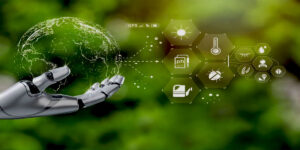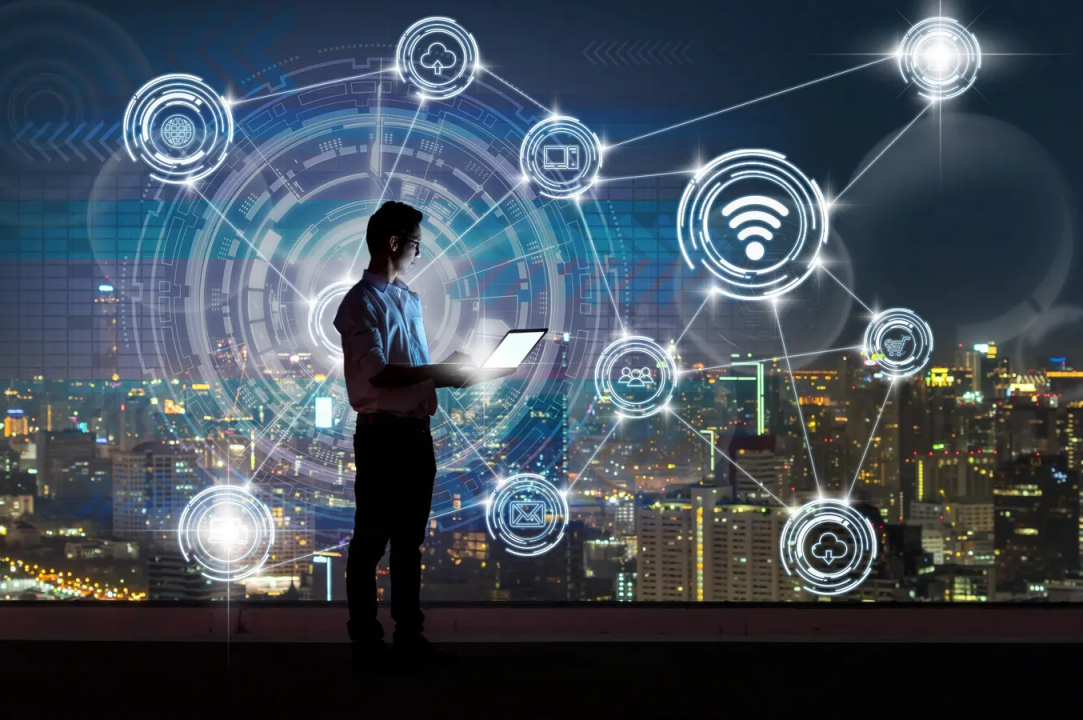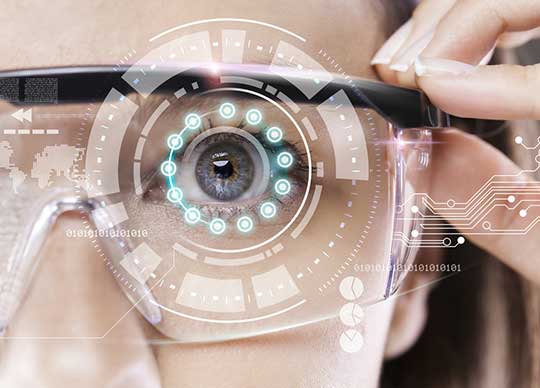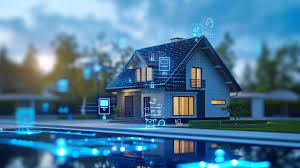Smart Devices Revolutionizing Our World
Smart Devices
In the 21st century, technology has woven itself into the fabric of our daily lives, and smart devices are at the forefront of this transformation. From smartphones that act as personal assistants to smart thermostats that learn our preferences, these devices are redefining convenience, efficiency, and connectivity. But what exactly are smart devices, and how have they become so integral to modern living? This article explores the evolution, types, benefits, challenges, and future of smart devices, shedding light on their profound impact on our world.
Smart devices are electronic gadgets that connect to the internet or other networks, allowing them to collect, process, and exchange data. Equipped with sensors, software, and connectivity features, they can perform tasks autonomously or be controlled remotely. The concept of smart devices is rooted in the Internet of Things (IoT), a network of interconnected devices that communicate to enhance functionality. Today, smart devices span various categories, from home appliances to wearables, and their adoption is growing at an unprecedented rate.
The Evolution of Smart Devices
The journey of smart devices began with the advent of the internet and the proliferation of microprocessors. In the early 2000s, the introduction of smartphones marked a significant milestone. Devices like the iPhone, launched in 2007, combined computing power, internet connectivity, and user-friendly interfaces, setting the stage for the smart device revolution. As technology advanced, the concept of connectivity expanded beyond phones to include everyday objects, giving rise to the IoT.
Early smart devices were simple, with limited functionality. For example, the first smart thermostats could only adjust temperatures based on basic schedules. However, advancements in artificial intelligence (AI), machine learning, and sensor technology have transformed these devices into intelligent systems capable of learning user behaviors and making decisions. Today, a smart speaker can not only play music but also control other devices, answer questions, and even order groceries.
The evolution of smart devices has been driven by several factors:
- Miniaturization of Technology: Smaller, more powerful chips have enabled compact devices with robust capabilities.
- Improved Connectivity: The rollout of 5G and Wi-Fi 6 has provided faster, more reliable connections, essential for real-time data exchange.
- AI and Machine Learning: These technologies allow devices to analyze data, predict user needs, and automate tasks.
- Consumer Demand: Growing interest in convenience, energy efficiency, and personalization has fueled innovation.
Types of Smart Devices
Smart devices come in various forms, each designed to enhance specific aspects of our lives. Below are some of the most common categories:
1. Smartphones
Smartphones are the cornerstone of the smart device ecosystem. They serve as communication hubs, entertainment centers, and productivity tools. With apps for everything from banking to fitness tracking, smartphones have become indispensable. Modern smartphones integrate AI assistants like Siri or Google Assistant, which can schedule appointments, send messages, or provide real-time navigation.
2. Smart Home Devices
Smart home devices are transforming residences into connected ecosystems. Examples include:
- Smart Speakers: Devices like Amazon Echo and Google Nest respond to voice commands, control other smart devices, and provide information.
- Smart Thermostats: Products like the Nest Thermostat learn user preferences and optimize energy usage.
- Smart Lighting: Philips Hue bulbs allow users to adjust lighting color and intensity via apps or voice commands.
- Smart Security Systems: Devices like Ring doorbells offer remote monitoring and alerts for home security.
3. Wearables
Wearable smart devices, such as smartwatches and fitness trackers, monitor health metrics like heart rate, steps, and sleep patterns. Devices like the Apple Watch or Fitbit not only track fitness but also allow users to receive notifications, make calls, and even detect irregular heart rhythms.
4. Smart Appliances
From refrigerators that track inventory to washing machines that can be controlled remotely, smart appliances are making household chores more efficient. For instance, a smart oven can preheat itself based on a recipe selected from your phone.
5. Smart Vehicles
Smart technology is revolutionizing transportation. Electric vehicles like Tesla’s models feature autonomous driving capabilities, over-the-air updates, and integration with mobile apps for remote control.
Benefits of Smart Devices
Smart devices offer numerous advantages that enhance our quality of life. Here are some key benefits:
1. Convenience
Smart devices simplify tasks by automating routine activities. For example, a smart home hub can turn off lights, lock doors, and adjust the thermostat with a single voice command. This level of automation saves time and effort, allowing users to focus on more important tasks.
2. Energy Efficiency
Many smart devices are designed to optimize resource usage. Smart thermostats reduce energy consumption by adjusting temperatures based on occupancy, while smart lighting systems turn off lights when rooms are empty. These features contribute to lower utility bills and a reduced environmental footprint.
3. Enhanced Security
Smart security devices provide peace of mind by offering real-time monitoring and alerts. For instance, a smart doorbell can notify you of visitors or suspicious activity, even when you’re miles away.
4. Health and Wellness
Wearables encourage healthier lifestyles by tracking physical activity and providing insights into sleep and diet. Some devices can even alert users to potential health issues, prompting early intervention.
5. Connectivity and Integration
Smart devices create a seamless ecosystem where devices communicate with each other. For example, a smart speaker can coordinate with a smart coffee maker to start brewing when your morning alarm goes off.
Challenges of Smart Devices
Despite their benefits, smart devices come with challenges that must be addressed to ensure widespread adoption and user trust.
1. Privacy Concerns
Smart devices collect vast amounts of data, raising concerns about privacy. For instance, smart speakers are always listening for voice commands, and there have been instances of data breaches or unauthorized access. Manufacturers must prioritize robust encryption and transparent data policies to protect users.
2. Security Risks
Connected devices are vulnerable to cyberattacks. Hackers could potentially access smart home systems or steal sensitive data. Regular software updates and strong passwords are essential to mitigate these risks.
3. Compatibility Issues
Not all smart devices work seamlessly together. Different brands use proprietary ecosystems, which can lead to compatibility issues. Standards like Matter, a universal smart home protocol, aim to address this, but adoption is still in progress.
4. Cost
Smart devices can be expensive, especially high-end models with advanced features. Additionally, the need for reliable internet and compatible infrastructure can add to the overall cost.
5. Digital Divide
Access to smart devices is not universal. Rural areas with limited internet connectivity or lower-income households may struggle to adopt these technologies, exacerbating the digital divide.
The Future of Smart Devices
The future of smart devices is bright, with innovations poised to further transform our lives. Here are some trends to watch:
1. AI-Powered Personalization
AI will enable smart devices to become even more intuitive, anticipating user needs with greater accuracy. For example, a smart home could adjust lighting and temperature based on your mood, inferred from wearable data.
2. Integration with Augmented Reality (AR) and Virtual Reality (VR)
Smart devices will increasingly integrate with AR and VR, creating immersive experiences. Imagine a smart mirror that overlays fitness instructions or a smart kitchen that guides you through recipes in AR.
3. Sustainable Design
As environmental concerns grow, manufacturers will focus on eco-friendly smart devices. This includes energy-efficient designs and recyclable materials.
4. Healthcare Advancements
Smart wearables will play a larger role in healthcare, with devices capable of continuous monitoring for conditions like diabetes or heart disease. These devices could communicate directly with healthcare providers for real-time interventions.
5. Smart Cities
Smart devices will contribute to the development of smart cities, where interconnected systems optimize traffic, energy, and public services. For example, smart traffic lights could reduce congestion by analyzing real-time traffic data.
Conclusion
Smart devices are more than just gadgets; they are catalysts for a connected, efficient, and innovative future. From simplifying daily tasks to enhancing health and security, these devices are reshaping how we interact with the world. However, challenges like privacy, security, and accessibility must be addressed to ensure their benefits reach everyone. As technology continues to evolve, smart devices will undoubtedly play a central role in creating a smarter, more sustainable world.
Whether you’re controlling your home with a voice command or tracking your fitness goals with a smartwatch, the impact of smart devices is undeniable. As we move forward, embracing their potential while addressing their challenges will be key to unlocking a truly connected future.






